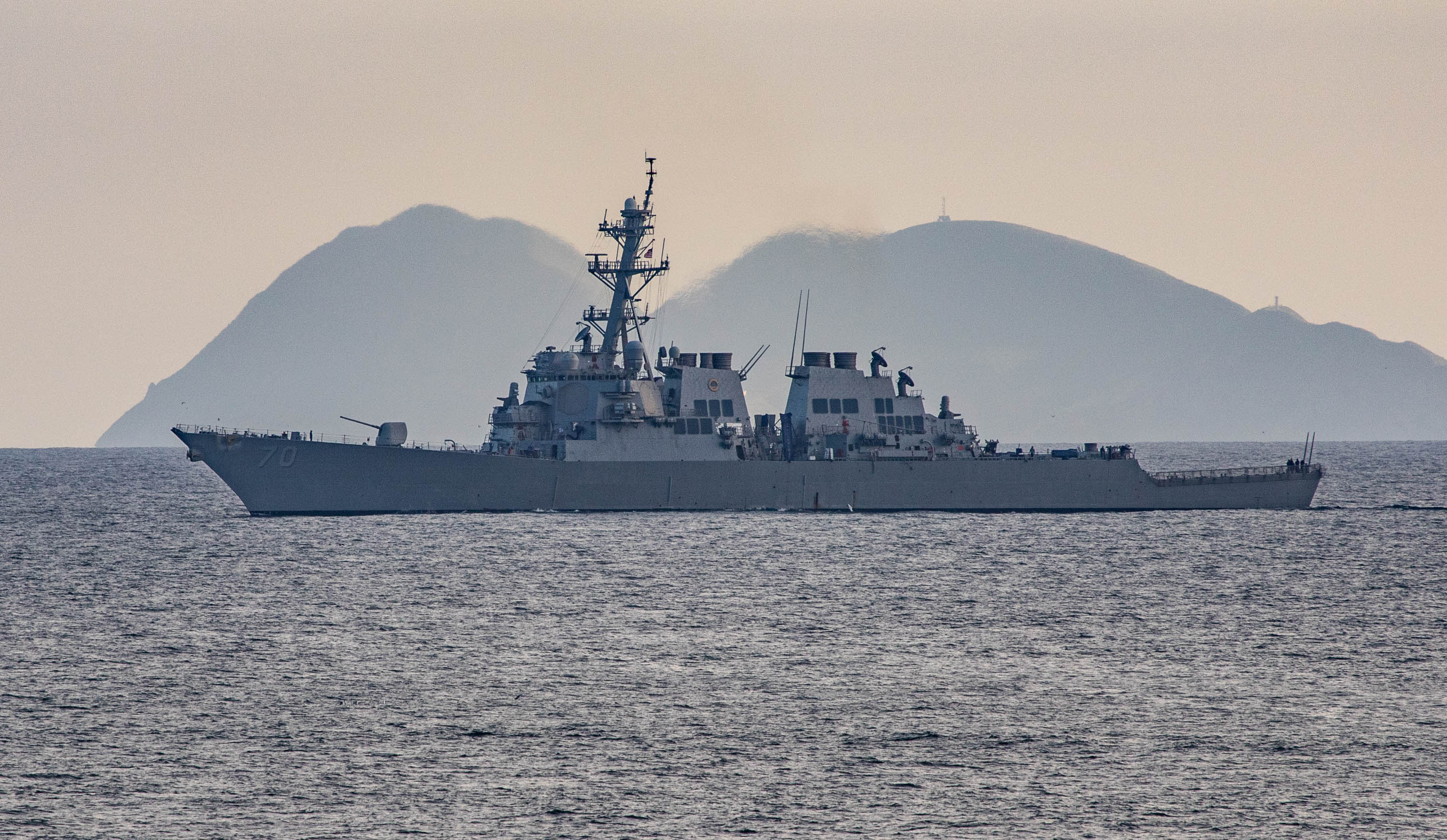
China Confronts U.S. Warship as Tension Grows Over Flashpoint: "Drove it Away"
['China', 'Sea', 'South', 'claims', 'States']
The incident highlighted tension between U.S. and Chinese forces and was the first such confrontation since a meeting between U.S. and Chinese presidents.
China Confronts U.S. Warship as Tension Grows Over Flashpoint: "Drove it Away"
China's military said it had driven a U.S. warship from waters it claims in the South China Sea at the weekend and accused the United States of being the "Biggest destroyer" of peace and stability in the region. Tian described the United States as a "Security risk maker in the South China Sea" and the "Biggest destroyer" of peace and stability in the region. China's claims over almost the entirety of the South China Sea have long been a point of contention, bringing it into confrontation not only with the United States but also with other regional claimants, including the Philippines, Vietnam, Indonesia, Malaysia, and Brunei. Beijing has consistently rejected the 2016 ruling by The Permanent Court of Arbitration, which stated that China's claims in the South China Sea have no legal basis. Lieutenant Kristina Weidemann, deputy spokesperson for the U.S. 7th Fleet, told Reuters via email, "The United States challenges excessive maritime claims around the world regardless of the identity of the claimant." She was quoted as saying that "Unlawful and sweeping maritime claims in the South China Sea pose a serious threat to the freedom of the seas." The United States regularly conducts what it calls freedom of navigation missions in the South China Sea to demonstrate its resistance to what Washington describes as "Excessive maritime claims". Another U.S. ally, Australia, recently sent a warship through the tense Taiwan Strait, between the mainland and Taiwan, which China claims as part of its territory despite opposition on the self-ruled island.